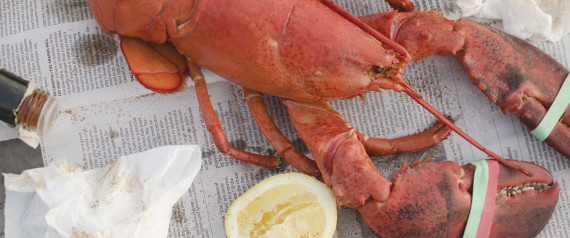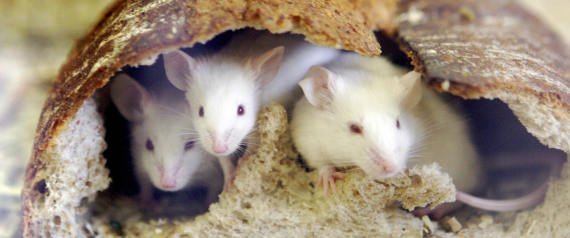Remember those halcyon days when lobster was so cheap that you could afford to put it on mac n’ cheese, french fries, tacos and grilled cheeses? You know, way back in 2013?
Those days are over.
Over the past year-and-change, lobster prices have risen sharply since record catches in Maine pushed them to historic lows in 2012 and 2013. In April, the Maine Department of Marine Resources reported that lobster prices rose 79 cents per pound between 2013 and 2014, the biggest rise in recorded history. That was great news for Maine lobstermen, who netted $456 million worth of shellfish in 2014, the most ever. But it’s disappointing to consumers who have grown used to relatively low prices for luxurious lobster meat.
The price surge has accelerated this year. Though reliable data on lobster prices is somewhat hard to come by, the spot price for wholesale live lobster in Boston reached as high as $5.25 a pound on June 9. And data provided to The Huffington Post by the National Oceanic and Atmospheric Administration indicated that the average price of a pound of lobster at wholesale climbed as high as $7.90 this March. Though lobster prices usually peak in the spring, that’s 32 percent higher than the price in March 2014.
CNN Money attributed the recent spike in prices to this winter’s unusually cold weather in the Northeast. The North Atlantic remains colder than it usually is at this time of year, so lobsters have, by and large, stayed out of reach of fishermen.
Matt Jacobson, executive director of the Maine Lobster Marketing Collaborative, said that prices should ease as water temperatures rise this summer, just in time for vacationers in Cape Cod and Kennebunkport to feast on lobster rolls. But it’s unlikely that they’ll dip back down to the lows they hit a couple years ago.
via Lobster Prices Surge Due To Cold Ocean Temperatures.

/cdn0.vox-cdn.com/uploads/chorus_asset/file/3589674/2015-04-07-union-chitarra-006.0.jpg)











